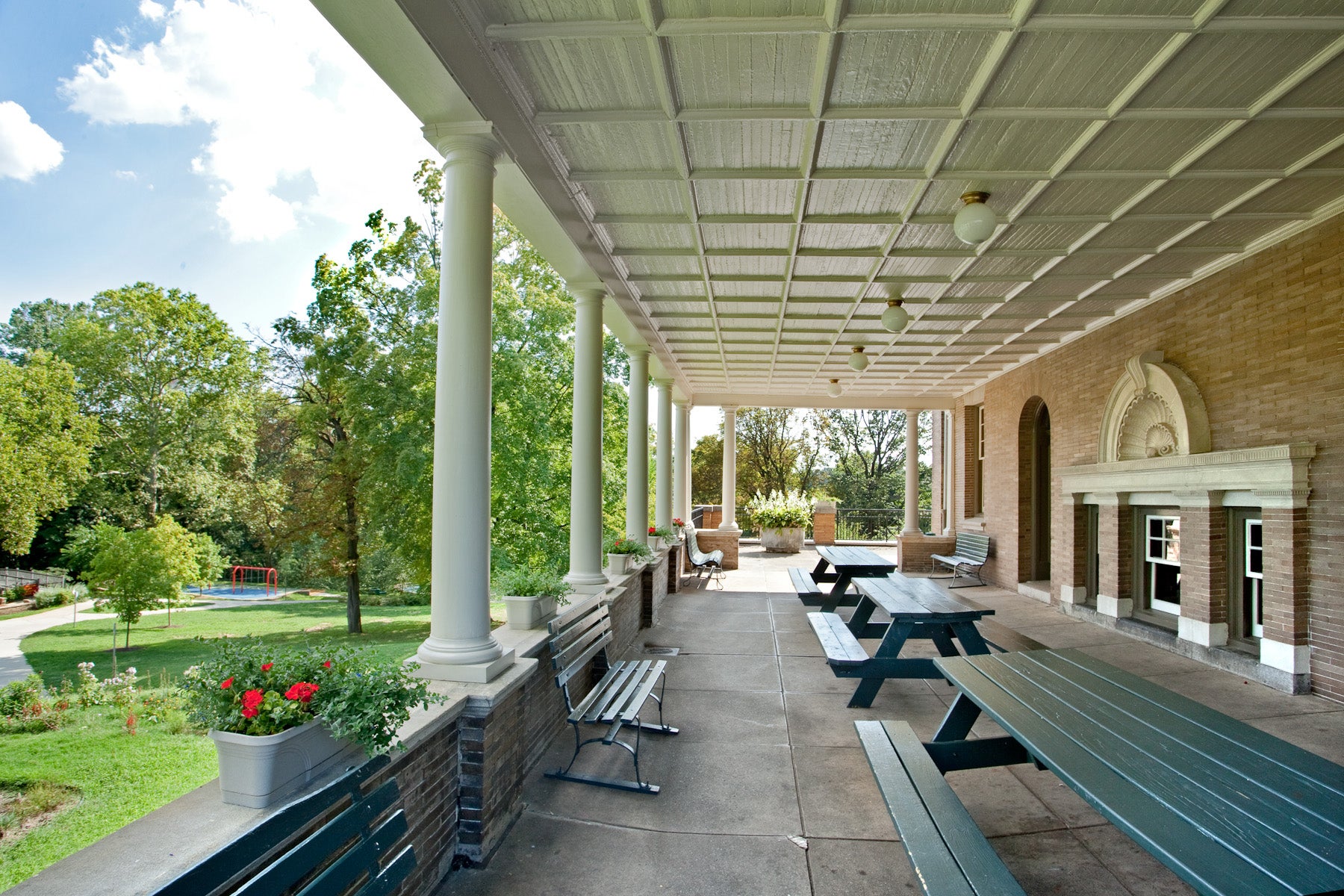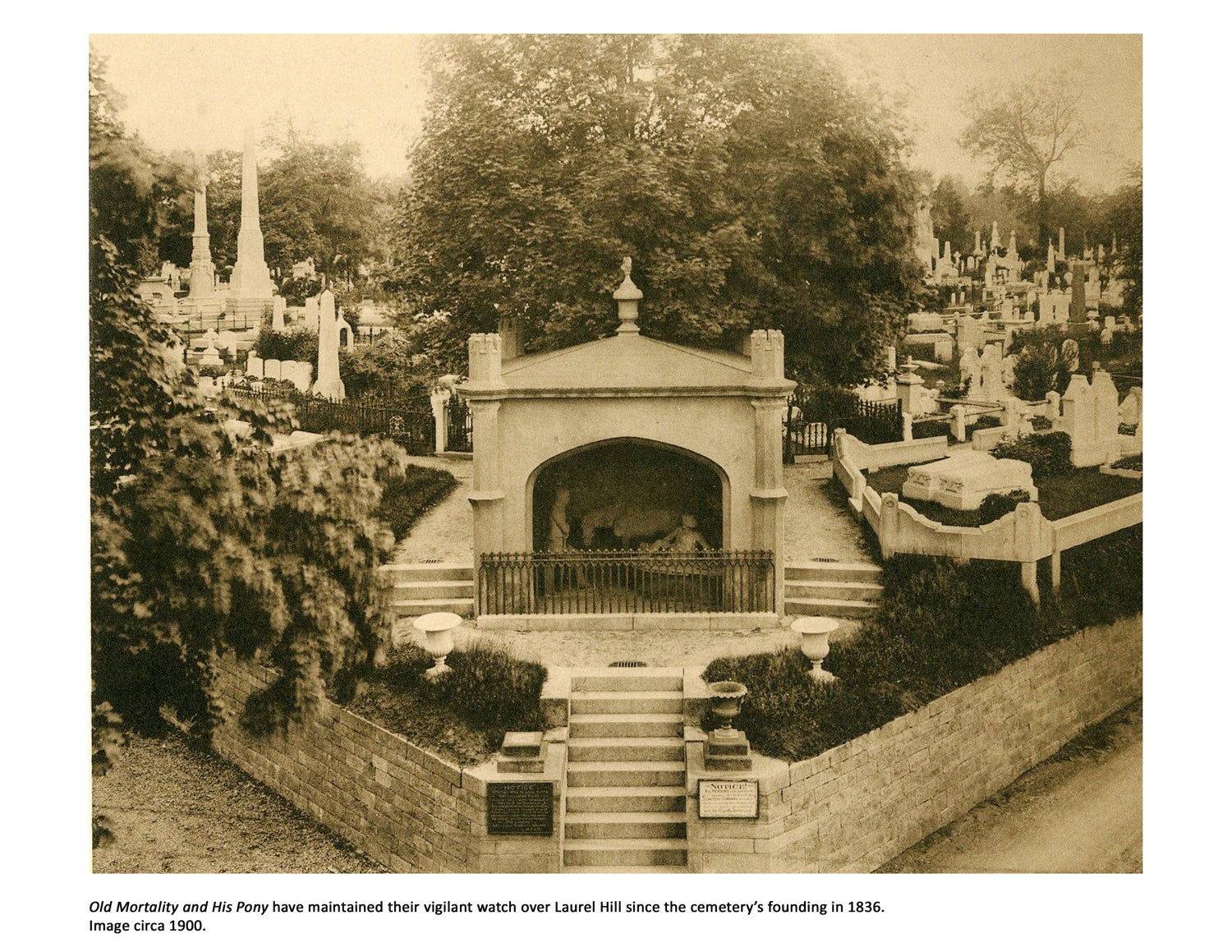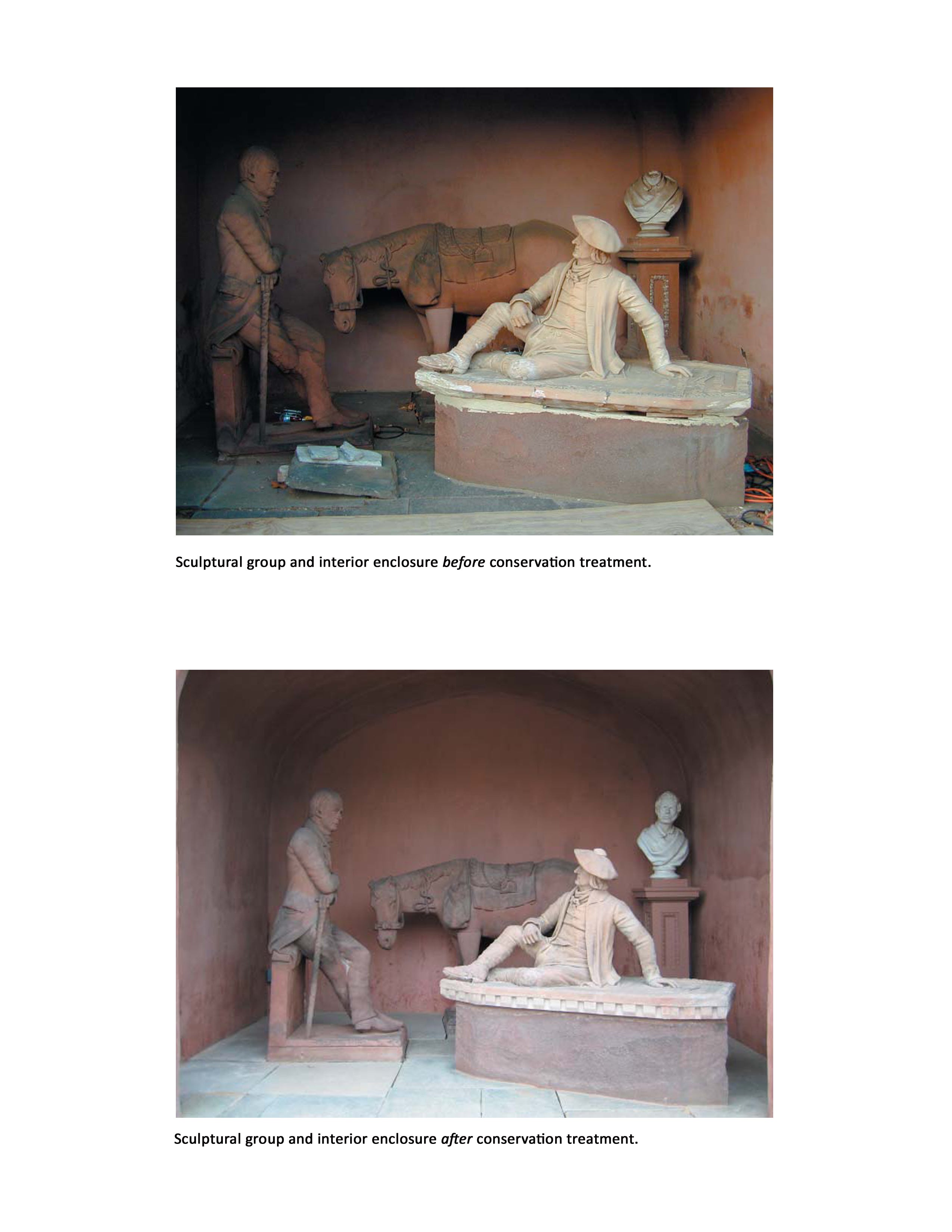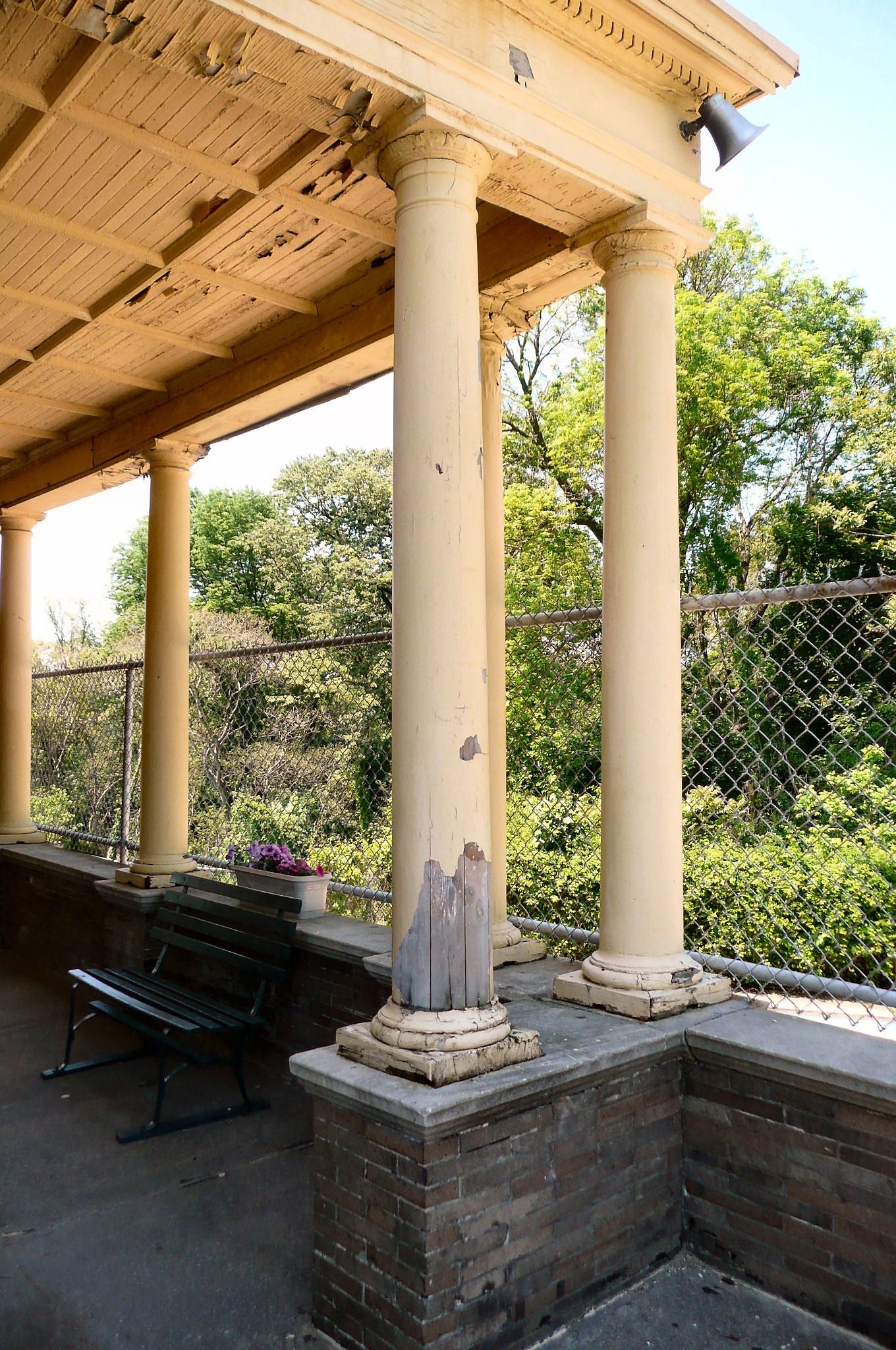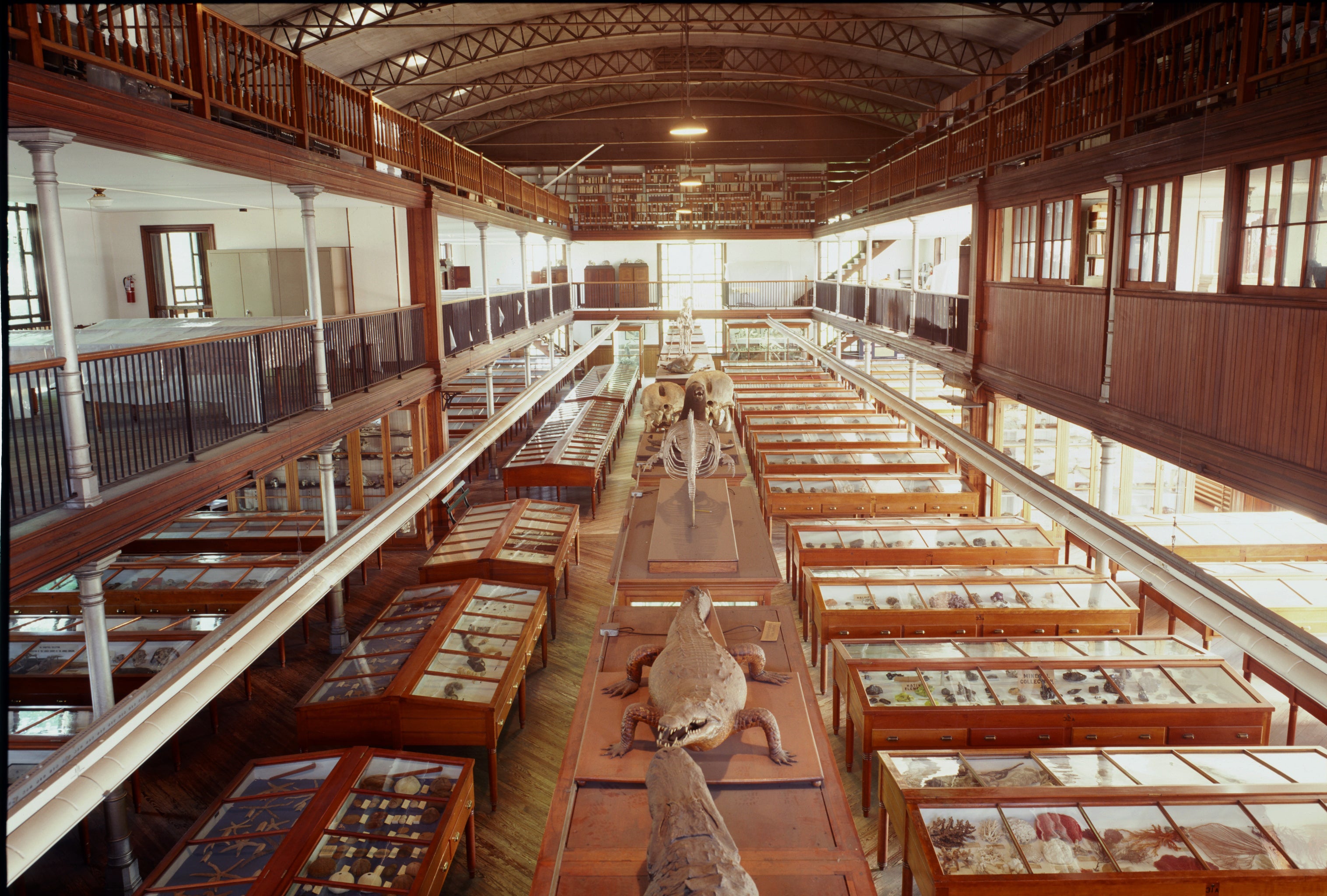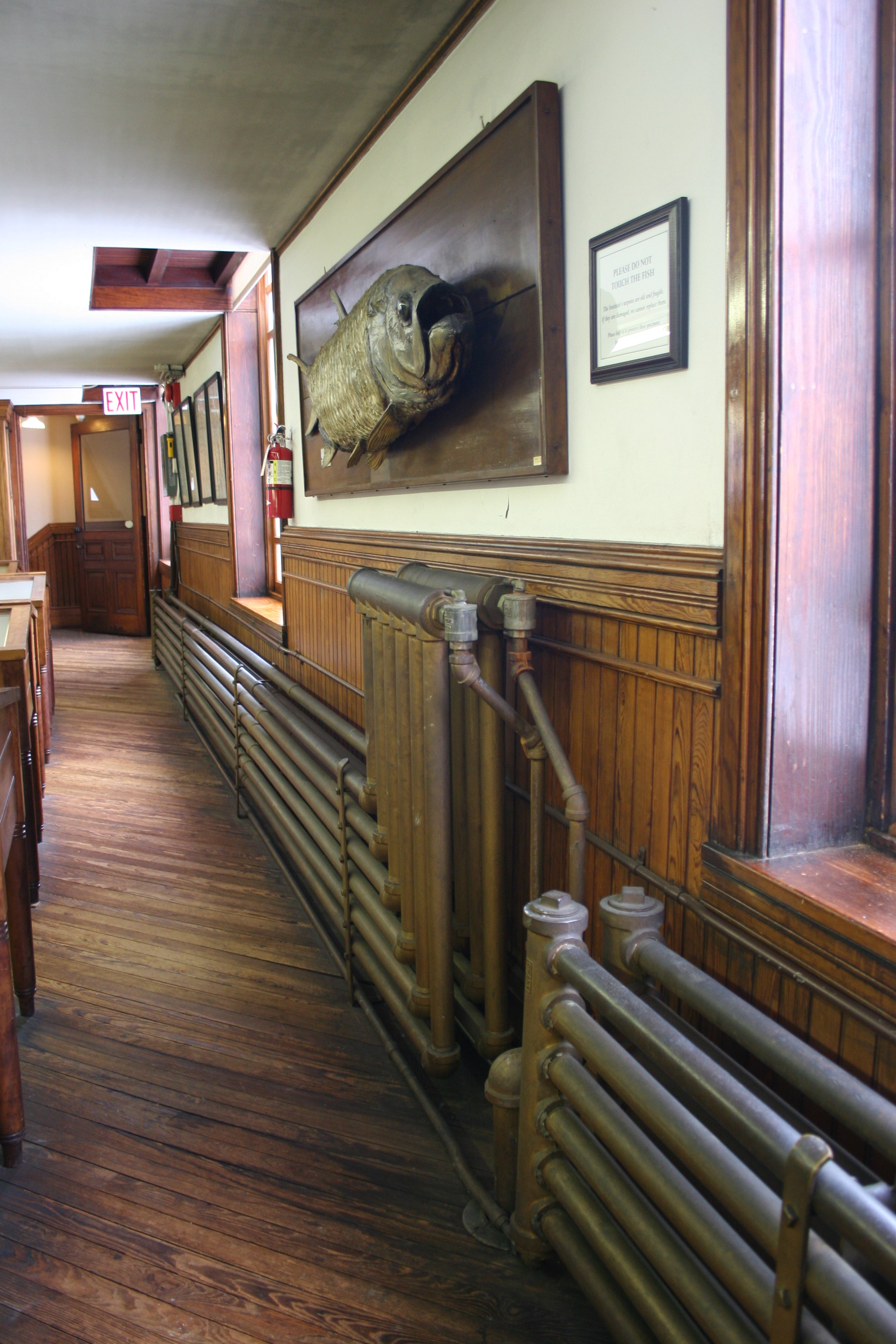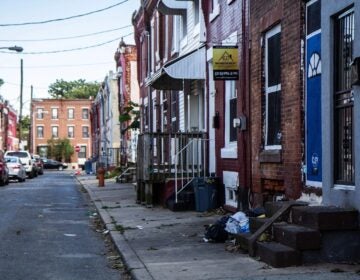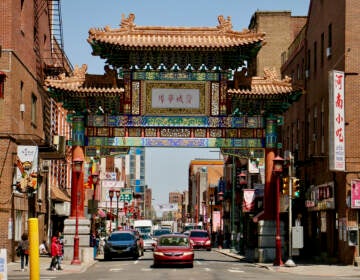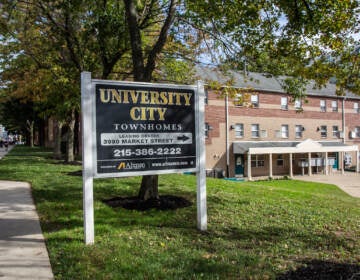Preservation PA awards to honor creative and sustainable projects
Preservation Pennsylvania will honor dedicated individuals and organizations on Friday for their outstanding contributions to preservation projects and causes throughout the commonwealth.
Among the recipients of the Historic Preservation Awards at the ceremonies in the Gettysburg Hotel will be the parties behind some little known but diverse and fascinating efforts in the Philadelphia region, including the conservation of a cemetery vignette, a children’s playhouse, and an old heating system.
A place for the living
Laurel Hill Cemetery, on the east bank of the Schuylkill in Fairmount Park, is being recognized for its work in preserving a statuary group, “Old Mortality and His Pony,” and its enclosure. The four statues, placed in the main courtyard when Laurel Hill was founded in 1836, are based on a tale by Sir Walter Scott about an old man who travels the Highlands carving the names of the Presbyterian martyrs into gravestones.
“The founders of the cemetery felt this embodied their mission, symbolically keeping alive the memories of those who passed on,” explained Gwen Kaminski, Laurel Hill’s director of development. They commissioned a Scottish sculptor to carve the statues and asked prominent, Scottish-born architect John Notman to design the enclosure to protect them.
The Old Mortality memorial remains central to Laurel Hill on its 175th anniversary, Kaminski said. “This is a resting place, but also a place for the living as a park and a retreat,” and the statuary was the first work of public art in one of the first cemeteries in the United States.
Decades of moisture rising up into the statues and enclosure were causing their deterioration. The first step in their restoration was the installation of a draining system to draw the water away. Then there was a long process of desalinating all the stone, involving poultices applied and reapplied over many months to draw the salt out.
Pieces of the statues that had broken or fallen off were recreated. “The restoration involved engineers, contractors and conservators, but also carpenters and sculptors,” Kaminski said. The primary project consultants were T. Scott Kreilick and Bill Doran.
Laurel Hill has been working hard to rejuvenate the entire site for the past eight years, and the conservation of Old Mortality was performed in concert with a host of public programs and increased accessibility to the cemetery for those who want to “ride their bike or walk their dog” in the park setting.
“The restoration of this founding symbol of the cemetery is evidence of our continued commitment to the cemetery’s original mission, which will continue for the next 175 years,” Kaminski said.
No velvet ropes
Preservation Pennsylvania is honoring another Fairmount Park site this year, the Smith Memorial Playground and Playhouse. The 6.5-acre property at 33rd and Oxford Streets, above Kelly Drive, was bequeathed to the city by Richard and Sarah Smith in memory of their son and opened in 1899, when playgrounds were a new concept, said executive director Meg Wise.
The 24,000-square-foot playhouse was designed as an activity space for children by architect James Windrim, who later worked on the First Bank of the United States.
A hundred years later, the building was showing its age. A nonprofit was created to raise funds – $8 million so far — to rebuild the playground and renovate the property. The playhouse has received new windows and a slate roof and the bricks were repointed. The Preservation Pennsylvania award recognizes the recent renovation of the two side porches and the first-floor interior of the building, which included restoring the plaster and the intricate woodwork according to its original design. The work on the porches involved crafting the columns and balustrades to look as they did when the building opened, Wise said.
Fairmount Park Historic Preservation Trust provided the crew to restore the woodwork, and a grant from the 1772 Foundation paid for the apprentices in the preservation field to work with master craftsmen on the columns.
“The impact has been huge,” Wise said. “We have 140,000 annual visitors – the kids and their caregivers. We want to provide a space that is beautiful and safe for imaginative play.”
Maintaining a historic space with that many young visitors may seem daunting. “We took steps so it’s easy to maintain it,” Wise explained. “The paint we chose was based on the historical space, but it’s also easy to wash and it’s heavy duty – we get lots of handprints. But the space is designed to be used and loved. There are no velvet ropes here.”
Madman in the basement
The Preservation Pennsylvania award for Sustainability in Historic Preservation is being presented for elements of the Wagner Free Institute of Science that visitors don’t ever notice.
The institute, located at 1700 West Montgomery Ave., has always been proud of its ability to retain the original look and atmosphere of the 1865 building and the Victorian exhibition hall. That historic fabric also includes the steam vapor heating system installed in 1907, said site manager Don Azuma.
The Broomell Vapor Company of Philadelphia was making the state-of-the-art and most widely installed heating systems in the U.S. at the turn-of-the-20th century. But decades later, in the 1950s, the original coal-fueled furnaces running the system were replaced by dual-fuel boilers that ran at much higher pressures than specified by Broomell. “When I first came here, when the heating system came on there was hammering that sounded like a madman in the basement,” Azuma said.
In 2009, a fire in the boiler room shut down the system. The institute contacted Landmark Facilities Group, of Connecticut. “They suggested we return to running it according to the original specifications.”
So rather than tear out the steam pipes and replace them with an entirely new system, the old pipes and radiators were rehabilitated according to the original specs, and high-performance boilers, insulation and zoned controls were added to improve operations.
“The wonderful aspect of why we got the preservation award,” Azuma said, “was that we made this 19th-century system run the way it was meant to, using really high efficiency boilers. When you have a building like ours, oftentimes you’re put in a situation where you have to give up one thing to get another when making improvements. What we did was find a solution that enables us to maintain the historic integrity of the building, but take advantage of modern technology.”
When people enter the Wagner Institute, Azuma said, “it’s like stepping back in time. It’s important that historic institutions see that it can be done right if you find the right people with expertise to do it.
“We’re reaching out to other sites now that have Broomell systems. They may be dealing with the same things we were suffering through, and we have something to tell them.”
Other honorees
Preservation Pennsylvania will recognize other Philadelphia area individuals and projects this week.
The Henry A. Jordan Award will be presented to John Gallery, executive director of the Preservation Alliance for Greater Philadelphia for his “outstanding commitment to the preservation of Philadelphia.”
Construction project awards will be given for the restoration of the Jayne House, the 1895 building designed by Frank Furness; the Presser Senior Apartments, the 1914 former retirement home for music teachers; and the Philadelphia Main Post Office.
A certificate of merit for community involvement will be awarded for the restoration of the Little Abington Meetinghouse, built in 1836, in Jenkintown, a project spearheaded by community members.
PennDOT Engineering District 6-0 will be honored for the rehabilitation of Hares Hill Bridge, an 1869 metal truss bridge.
For more information on the Preservation Pennsylvania awards, visit www.preservationpa.org.
Contact the writer ajaffe@planphilly.com.
WHYY is your source for fact-based, in-depth journalism and information. As a nonprofit organization, we rely on financial support from readers like you. Please give today.



